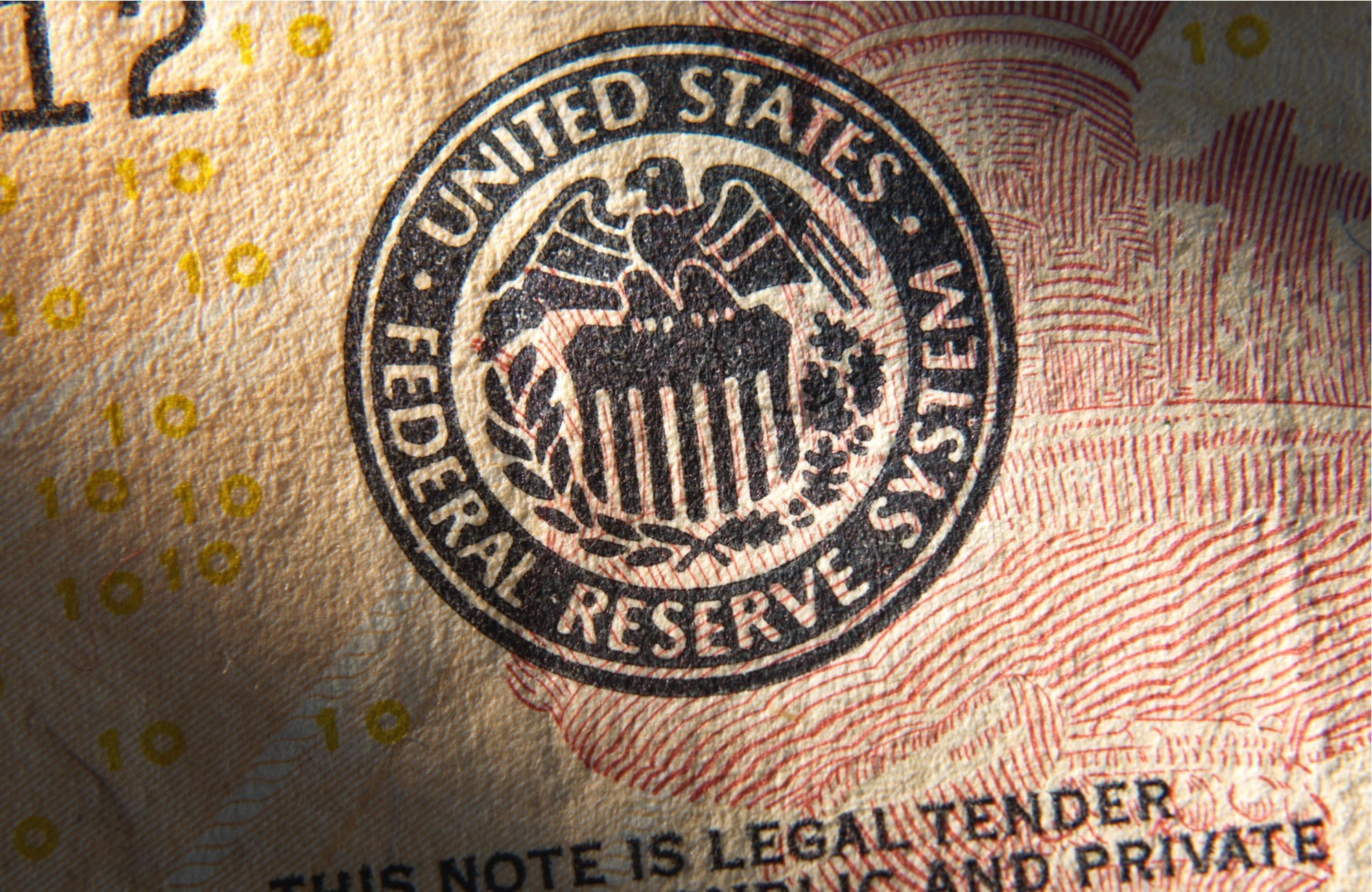Alexander W. Salter
The Fed is Failing, Again
The Fed has refused to do the sensible thing. Rather than focusing on monetary stability, it has embarked on a host of misguided experiments that threaten the long-run integrity of markets.
How the Fed’s COVID-19 Response Undermines Federalism
We should do everything we can to make sure City Hall and the state capital are more responsive to the voices of ordinary citizens in their jurisdictions than the whims of central bankers.
The Fed Wants to Become a Financial Central Planner
To everyone as outraged by this process as I am: it’s time we shouted far and wide what the Fed is up to. If we let them get away with it, politicians and macroeconomic policy experts will be able to control financial markets, and hence our lives, to a degree never before obtained in a…
Incompetent Experts and Bad Government
Ignorance and malfeasance: this is what the American people have been forced to endure from those who govern them. We have no reason to expect things will be different in the future, unless we unequivocally demand it otherwise.
Can Medical Supply Autarky Save Us from Pandemics?
When proposing expansions of government power we must recognize the powers in question will not be wielded by philosopher-kings. They will be wielded by actually existing politicians and bureaucrats, with all their biases and imperfections.
Sanctuary Cities, Illegal Immigration, and Crime
Sanctuary cities, and by extension immigration, are once again a locus of national controversy. There may be good arguments against sanctuary cities. But we haven’t heard any yet.
Judy Shelton Is Right: The Fed Is Lawless
Judy Shelton, President Trump’s nominee to the Federal Reserve board, got little love in her pre–Valentine’s Day confirmation hearing. (Shelton was previously the director of the Sound Money Project, prior […]
The Stakes of Politics are Far Too High
Despite the comedy of errors that was the Iowa Democratic Caucus, not to mention the ambiguity of New Hampshire, the national fervor grows. Bernie Sanders’ strong performance makes him the […]
Macroeconomic Inferences and the New Fed Regime
Under what conditions can we make valid inferences about the state of the economy from macroeconomic data? As it turns out, this seemingly unproblematic procedure becomes difficult when policy makers […]
What Is the Relationship Between Monetary Policy and Fiscal Policy?
Hydraulic Keynesianism is now usually found in the comparatively unsophisticated realm of the popular press.










